Wednesday 8th October 2025, Oldwood Coppice
Oldwood Coppice is an area of largely replanted ancient woodland close to Merrington Green just north of Bomere.
It is now, in the main, a conifer plantation.
The site is divided into 5 areas of which we had permission to visit three. The others had different owners, and I had made no attempt to contact them for permission to visit. Thus the first job of the day once we got to the site was to explain where we could and could not go.
One of the “out of bounds” areas was easy to define as it had been clear-felled recently, but the other was less so. There were no boundary fences to define the site. It was a case of advising the group to stay within 20 yards or so of the path.
As it happened we did not need to worry too much about the virtual boundary as we stayed well clear of it.
We parked at the car park for Merrington Green, then walked the quarter of a mile or so to the site.
The gate of the site was locked but for reasons out of my control I was unable to obtain the key. However, we had the owner’s permission to climb the gate to get in.
When we arrived at the gate we found that we did not need to exert ourselves climbing. There was a gap in the fence that we filed through onto the entrance track.
The vegetation at the sides of the track became the focus of interest for most of the morning.
Finds in this area included a Crucifer Shieldbug, Eurydema oleracea, a recent arrival in the county.
A Field Grasshopper, Chorthippus brunneus.
A Dock Bug, Coreus marginatus.
A ground beetle, Leistus fulvibarbis.
A gall caused by the asexual generation of the wasp, Cynips disticha.
And A Pine Ladybird, Exochomus quadripustulatus, which is posed between two Harlequin Ladybirds, Harmonia Axyridis.
The next insect was beaten out of one of the trees bordering the track. When I saw it I got very excited as I thought it was a species that had only recently been recognised as a new British species.
BUT…
I was wrong.
It was a species we see periodically, the barkfly, Pteroxanium kelloggi.
Despite my disappointment it was still a good find.
The trees also yielded the Green Crab Spider, Diaea dorsata.
And the underside of an Oak leaf was host to the sputnik-shaped egg-sac of the spider Paidiscura pallens.
By now we had reached the point where the entrance track bent to the right to enter, some little way ahead, the "forbidden" forest.
We gathered here as there were some logs on the ground that provided a suitable spot at which to have the impending lunch break.
However, it was still too early.
And while some hung around inspecting the contents of a tray.
Others radiated out from this spot to find…
A Spindle, Euonymus europaeus.
And insects to create another montage.
They are from left to right – A 7-spot ladybird, Coccinella septempunctata; a Hairy Shieldbug, Dolycoris baccarum; and four Green Shieldbugs, Palomena prasina.
Looking around the wood there was plenty of evidence of the effects of high winds on very tall trees with shallow roots as several were flattened with their roots ripping up the soil from the ground. Here is one example.
For this uprooting the bare earth left behind had already grassed over, but in others water had collected forming pools, providing additional habitats.
Lunch was taken.
After lunch we continued down the central ride to the end of the wood.
On the way we observed a weevil, Nedyus quadrimaculatus.
And a Clover-root Weevil, Sitona hispidulus.
We dallied awhile at the end of the wood where it was a bit more open. Here we found:
A Bronze Shieldbug, Troilus luridus;
A Birch Shieldbug, Elasmostethus interstictus;
A 24-spot ladybird, Subcoccinella vigintiquatuorpunctata;
And a Chestnut moth, Conistra vaccinii.
At the end of the wood there was a path leading off to the left. Rather than return by the way we had come we decided to take it to see where it led.
It led, eventually, back to the lunch spot.
The tree trunks still looked inviting.
We were tempted and spent a little more time exploring the surrounding area before returning home.
During this last burst of activity we found an attractive beetle which I have identified as Asaphidion curtum, but I await confirmation or, more likely, given my poor beetle identification skills, correction.
During the day we found many species of fungi, some of which we managed to identify. Here is a selection.
Fly Agaric, Amanita muscaria.
A Peppered Bolete, Chalciporus piperatus, which may be a parasite of Fly Agaric which was nearby.
Sulphur Tuft, Hypholoma faciculare.
Common Puffball, Lycoperdon perlatum.
Yellow Fan, Spathularia flavida.
Greater Toothed Cup, Tarzetta catinus.
And finally, Yellow stagshorn, Calocera viscosa.
My thanks to the owner for giving us permission to do what we enjoy doing, My gratitude to the photographers for their excellent images.



































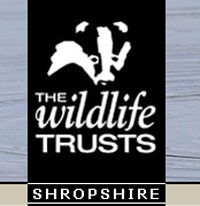

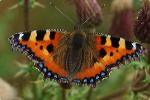




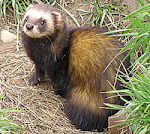

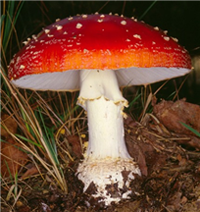





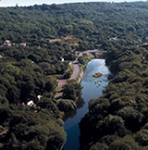






No comments:
Post a Comment
Please feel free to comment on this post...